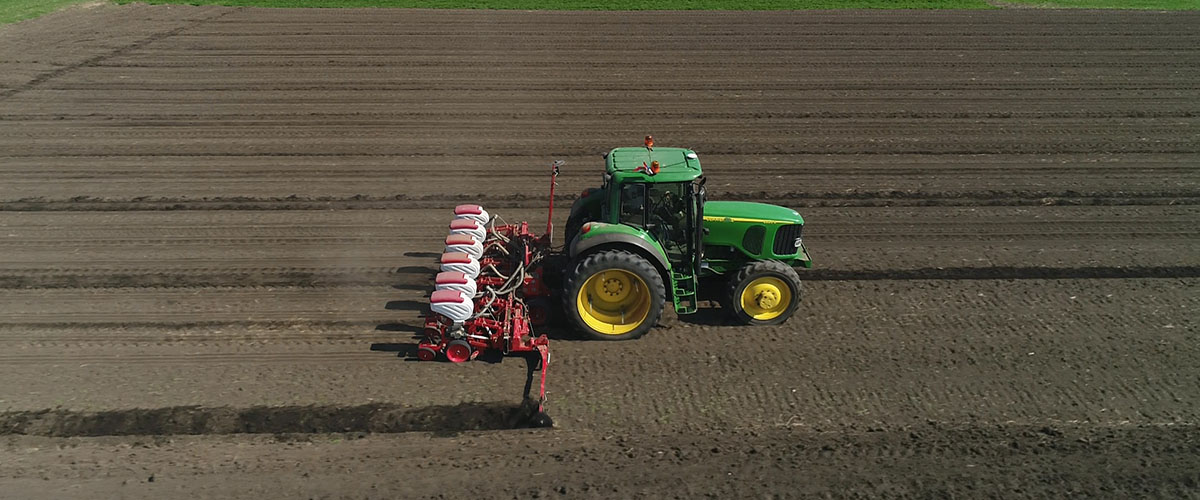Before sowing wheat, it is necessary to carry out adequate soil preparation, which includes deep cultivation of the soil at a depth of 15 to 20 cm using plows, as well as pre-sowing preparation at a depth of 10 to 15 cm using disc plows. During this phase, it is recommended to introduce organic and artificial fertilizers. Manure is added in the amount of 25 tons per hectare, while artificial NPK fertilizers are used in the ratio 15:15:15 or 16:16:16. Zoran Lazarov, advisor for crop and vegetable farming, explains that the best way to introduce artificial fertilizers is to introduce one-third of nitrogen and two-thirds of phosphorus and potassium during the pre-sowing preparation, while the remaining amount of nitrogen is added twice during February and March, before the start of tillering. wheat.
When it comes to sowing, Lazarov points out three key factors that influence the achievement of high yields: optimal sowing time, proper pre-sowing soil preparation and the climate in which wheat is grown. The optimal term for sowing wheat is between October 15 and 25, with tolerance until November 5. The recommended amount of seed for sowing on one hectare is about 260 kg. The exact amount of seed can be calculated using a simple mathematical formula, which takes into account the parameters from the seed declaration, such as sowing rate, purity, germination and weight of one thousand grains.
How many seeds to sow after tilling the land
The process of calculating the amount of seed begins with the determination of the useful value of the seed, which is obtained by dividing the germination and purity by 100. Then the theoretical amount of seed is calculated. This is done by multiplying the sowing rate by the weight of one thousand grains and dividing the result by 100. Finally, the actual amount of seed is obtained by dividing the theoretical amount by the use value and multiplying the result by 100.

In case of delay in sowing, it is recommended to increase the quantity of seeds by 0.5% for each day of delay. Also, if the pre-sowing land preparation is not well done, the amount of seeds should be increased by an additional 10%. In areas with a harsh climate, especially during the winter, it is necessary to increase the amount of seeds by another 5% in order to ensure favorable conditions for germination and growth of wheat.
Proper application of all these factors provides favorable conditions for achieving high yields of good quality wheat. Optimum sowing time, precise land preparation and correct dosing of fertilizers and seeds are key elements for successful wheat cultivation.
Source: Good morning
Source: boljazemlja.com


